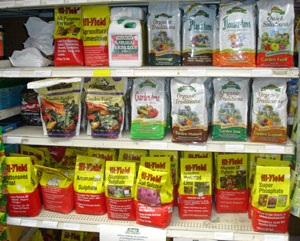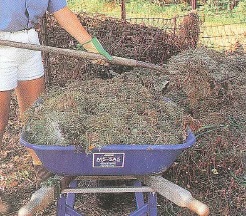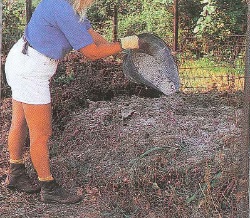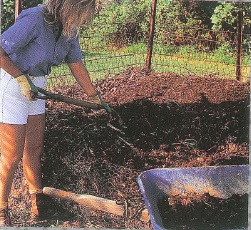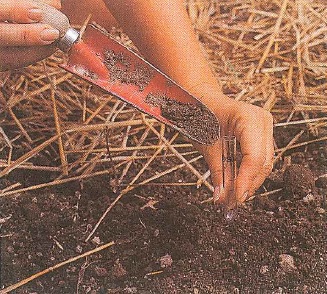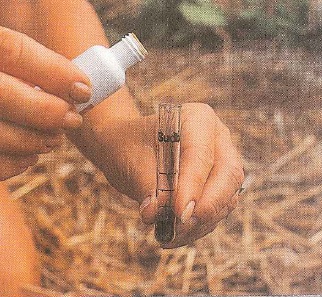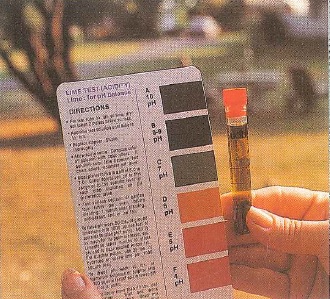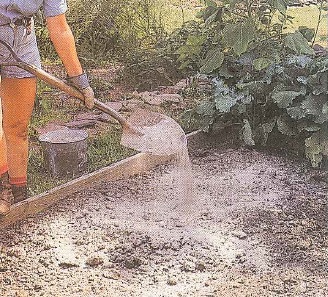Landscaping Mississauga Gardens – how to read fertilizer labels and choose the right fertilizer for your soil
If you decide to improve the quality of your soil using a chemical fertilizer,which is a quick fix method to improve the quality of your soil, you face a sometimes daunting task of selecting the appropriate fertilizer for your soil conditions among the variety of fertilizers available. Choosing carelessly just any fertilizer, based on its name for example, may lead to further deterioration of your soil.
When using a fertilizer, you need to keep in mind the type of soil you originally have which you should determine by a taking a soil test described in one of our previous blog entries.
1. the soil tests done by using a soil kit to test for the pH and key nutrients levels described in detail here, determines what is the pH scale of your soil. The pH scale describe the degree of acidity and alkalinity: an extremely high (alkaline) or low (acid) pH levels affect the ability of plant to absorb essential mineral nutrients from the soil. The majority of plants in southern Ontario flourish in soils with a pH ranging between 6 and 7, which is mildly acid to neutral. To raise the pH level of acid soil, add ground limestone from a local garden centre, or wood ashes from a fireplace after the spring cleaning; to lower the pH of alkaline soil, use powdered sulfur, acid peat moss, or an acid fertilizer or simply mulch your garden with with acid ladden pine needles or oak leaves, which will lower the pH level as they decompose.
2. there are three major ingredients your soil needs in order for plants to flourish: nitrogen (for leaf and steam growth), phosphorus (for root development, seed formation and flowering), and potassium that enhances the plants vigour and resistance to diseases. On the bag of fertilizer, the ratio of these nutrients is always expressed in this order: nitrogen (N), phosphorus (P) and potassium (K); that means that 10-10-10 fertilizer has ten percent of each nutrient mixed with filler, while 5-10-5 fertilizer is higher in phosphorus.

